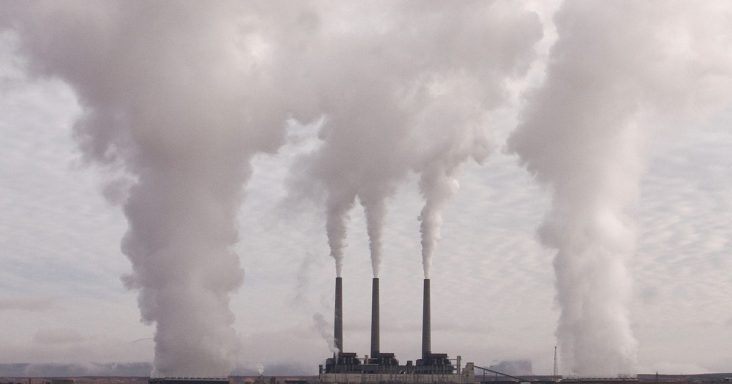CO2 emissions decline in 43 states
by December 11, 2017 11:08 am 262 views

Between 2005 and 2015, energy-related carbon dioxide (CO2) emissions declined in 43 states, including the District of Columbia, and rose in eight states, according to the U.S. Energy Information Administration. Over the same period, energy-related CO2 emissions per person fell in 49 states, including the District of Columbia, and increased in Louisiana and Nebraska.
In 2015, the 10 states with the highest energy-related CO2 emissions accounted for half of total U.S. emissions, and these states have 51% of the U.S. population. Texas has the most energy-related CO2 emissions, with 626 million metric tons of carbon dioxide, followed by California (364 million metric tons) and Pennsylvania. In Arkansas, energy-related emissions declined 1.8% to 59.1 million metric tons of CO2.
California had the third-lowest level of emissions per person, behind the District of Columbia and New York. “Two states with relatively small populations, Wyoming and North Dakota, had much higher levels of per capital emissions, nearly seven and five times the national average, respectively, because both states are large energy producers and, therefore, emit CO2 related to the production of coal, oil and natural gas,” according to the EIA. Arkansas had the 19th highest level of emissions per capita.
“Energy-related CO2 emissions are the result of coal, petroleum and natural gas consumed within a state to produce electricity (36% of U.S. total), to transport goods or people (35%), to operate industrial processes (18%), or to directly fuel equipment in residential and commercial buildings (11%).”
How energy-related emissions are produced and which sectors the emissions are attributed to can vary between states. In 2015, coal consumption comprised of 75% of energy-related CO2 emissions in West Virginia, but in California, coal accounted for 1% of emissions. In Hawaii and Vermont, petroleum accounted for 92% and 89% of energy-related CO2 emissions respectively, but more than half of the emissions could be attributed to the transportation sector. In Vermont, non-electric residential emissions accounted for 23% of the state’s total emissions and were mostly attributed to the use of petroleum-based fuels, including heating oil for fuel furnaces and water heaters. Vermont had almost no emissions related to the electric power sector, but in Hawaii, the state had higher emissions related to petroleum for power generation.
